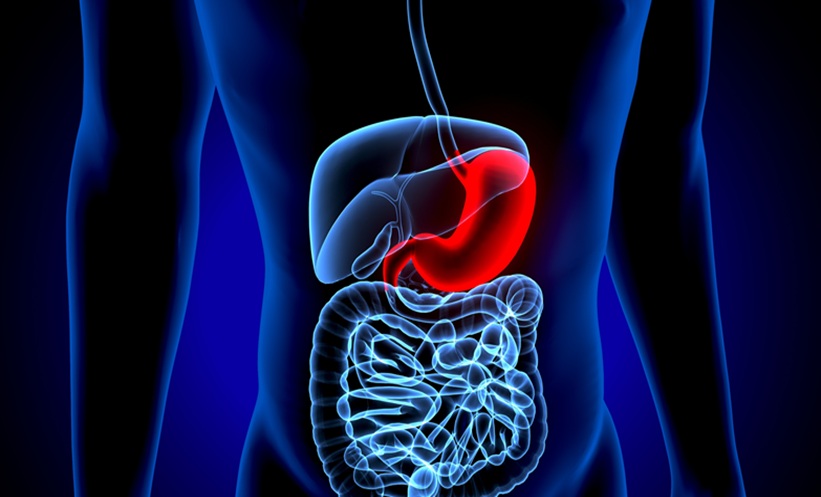CIRRHOSIS, the final stage of chronic liver diseases (CLDs), can be detected with non-invasive tests that are becoming increasingly available, and liver histology remains crucial for assessing morphological changes. However, relying solely on collagen degradation for fibrosis staging does not fully capture the complex biological processes of CLDs. A more comprehensive approach should also consider vascular changes, which influence both progression and regression of liver fibrosis.
Vascular alterations play a key role in liver fibrosis by disrupting internal homeostasis. Research suggests that arterial and ductal densities correlate with fibrosis severity. Interventions like anticoagulants and vascular endothelial growth factor (VEGF) modulation may mitigate fibrosis by protecting endothelial cells. Additionally, distinct vascular features contribute to fibrosis regression by reducing tissue hyperemia. However, differences in vascular changes across CLD etiologies remain poorly understood.
Microvessel density (MVD) is often used to assess angiogenesis in liver disease. Advances in imaging, such as whole-slide scanning and algorithm-based sampling, have improved accuracy, though traditional MVD metrics do not differentiate between arterial and venous structures. Imaging techniques like MRI and CT provide insights into vascular structures but struggle to visualise microvasculature smaller than 100 μm, limiting their role in liver disease research.
Emerging technologies, such as machine learning, have enhanced liver fibrosis assessment. The qFibrosis method, based on second harmonic generation/two-photon (SHG-TP) fluorescence microscopy, correlates highly with established fibrosis scoring systems. Expanding on this, the qVessel method offers both qualitative and quantitative assessments of microvascular changes, improving fibrosis staging.
Liver fibrosis progression is influenced by chronic inflammation, parenchymal extinction, and vascular heterogeneity. Arterial density increases as fibrosis advances, affecting disease outcomes. Tissue hypoxia and angiogenic factors like VEGF and transforming growth factor-β further drive disease progression, underscoring the need to assess vascular changes alongside fibrosis staging.
Different CLDs exhibit distinct vascular patterns, affecting fibrosis progression. Metabolic dysfunction-associated steatotic liver disease (MASLD) shows increased arterial proliferation in early fibrosis, potentially contributing to hepatocellular carcinoma. Viral and biliary-related liver diseases display unique fibrosis patterns influencing vascular responses differently.
By integrating advanced imaging, digital pathology, and molecular analysis, research can refine fibrosis staging and treatment approaches. Recognising the significance of vascular changes in CLDs enhances disease outcome predictions and management strategies for liver fibrosis and cirrhosis.
Reference
Li Z et al. A machine learning based algorithm accurately stages liver disease by quantification of arteries. Sci Rep. 2025;15(1):3143.








